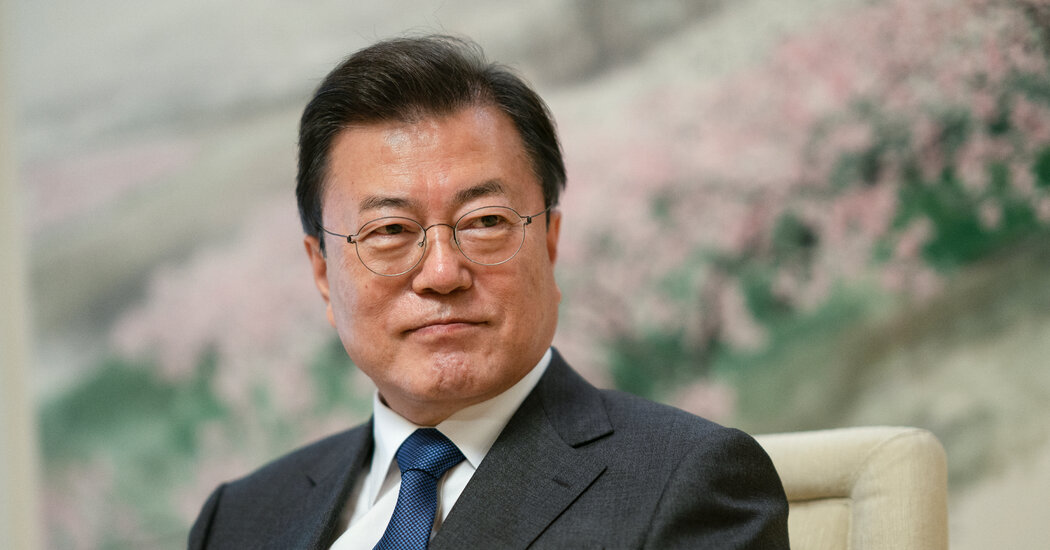KARACHI:
A day after militants gunned down 26 members of a tourist group in the mist-veiled meadows of Baisaran, nestled in the heart of the occupied Himalayan region of Jammu and Kashmir, the Narendra Modi-led Bharatiya Janata Party (BJP) government wasted no time in casting blame across the border.
Pointed rhetoric followed within hours of the attack, with Pakistan once again cast as the perennial antagonist in a familiar geopolitical drama. The machinery of accusation roared to life, mirroring the script of six years ago in Pulwama, when 40 Indian security personnel were killed, and the search for culpability was framed before the dust had even settled.
Thirty-three hours after the gunfire shattered the illusion of calm in the occupied territory, the Modi government announced a series of actions, including the suspension of the Indus Waters Treaty (IWT), the closure of the main border crossing between the two countries, and a further scaling back of its already minimal diplomatic presence in Islamabad.
The IWT, long regarded as a rare thread of cooperation in an otherwise fractious relationship, has hovered on New Delhi’s list of pressure points for years. It was last invoked as a threat after the Pulwama attack. Its suspension now signals a renewed willingness to escalate tensions, even as the hunt for the gunmen was still underway as of Wednesday evening.
Despite a little-known group called the Kashmir Resistance claiming responsibility for the attack, Indian authorities quickly shifted the narrative to assigning the blame to Pakistan. In a social media post, the group expressed anger over the settlement of more than 85,000 outsiders’ in the Muslim-majority region, accusing the BJP government of provoking a ‘demographic change.’
In a charged media briefing after the attack, Foreign Secretary Vikram Misri, without sharing any evidence, stated that cross-border links to the attack had been discussed in a special meeting of the Indian security cabinet, which led to a decision to suspend the water treaty. Misri emphasized that India would not resume cooperation until Pakistan ‘credibly and irrevocably abjures its support for cross-border terrorism.’ Islamabad, however, has denied any involvement in the attack, with Prime Minister Shehbaz Sharif calling for a national security committee meeting to address the situation.
Analysts have questioned the timing of the attack, which coincided with the visit of US Vice President JD Vance. While, according to Randhir Jaiswal, a spokesperson for the Indian Ministry of External Affairs, Vance offered joint assistance in the fight against terrorism, the vice president’s official social media account shared little more than a brief condolence post, followed by a series of tweets showcasing his visit to the Taj Mahal – seemingly prioritizing tourism over addressing the ongoing diplomatic crisis.
“Vance’s presence in New Delhi at the time of the Pahalgam attack brings to mind the March 2000 massacre in Chattisinghpora, where more than 30 Sikhs were killed in South Kashmir’s Anantnag district. That attack unfolded just hours before President Bill Clinton landed in India, drawing significant international attention – much like the echoes this recent assault carries in Vance’s presence,” Dr. Talat Wizarat, said, referring to the timing of the violence in the occupied territory.
On the nature of the attack and India’s broader response – both rhetorical and operational – defence analyst General (retd) Inam-ul-Haq, who has observed such manoeuvres from across the border in the past, said: “The attack took place 50 to 60 kilometres from the Line of Control. Based on the information available so far, it appears to be a security lapse – but India has a long-standing reputation for deflecting such failures onto Pakistan.”
Six years ago, India quickly assigned blame for the Pulwama attack to Pakistan and, without hesitation, decided to launch airstrikes. In retaliation, Pakistan launched its own air assault, which led to a dogfight between the air forces of both countries and the downing of an Indian jet. This escalated tensions to the brink of war.
“If anything, India must carefully revisit the lessons learned from Pulwama before venturing further down the path of escalation,” cautioned General Inam. “Had it not been for Pakistan’s measured response, the incident was perilously close to sparking a full-blown conflict between two nuclear-armed nations. Moreover, it served as a strong reminder to India that it cannot take Pakistan’s sovereignty for granted, as such reckless actions could carry grave consequences.”
Asked about the Indian government’s sabre-rattling, General Inam said, “New Delhi is exploiting the political situation in Pakistan to build pressure, but what it fails to realize is that the country’s armed forces have unequivocal public support when it comes to dealing with such threats.”
India’s reaction
On India’s decision to suspend the Indus Waters Treaty, Hassan Akbar, Pakistan Fellow at the Wilson Center in Washington DC, warned that such a step strikes at the very foundation of one of the region’s most enduring agreements. “The strength of the treaty lies not in its clauses alone, but in its dispute resolution framework – a mechanism India has been systematically undermining,” he explained.
While the construction of infrastructure capable of significantly redirecting water flows may take years, Akbar argued that New Delhi’s intent is clear. “This isn’t simply a matter of dams or diversions – it is a political act aimed at eroding Pakistan’s rights as a lower riparian state,” he said. “For Pakistan, water isn’t just a development concern. It’s a national security imperative, and our response must acknowledge that reality.”
India’s posture, he added, amounts to a violation of international treaty obligations. “No country can walk away from such a treaty unilaterally. Pakistan must challenge this at every international forum, while retaining the right to safeguard its water security through appropriate measures.”
Akbar, who previously served in Pakistan’s National Security Division, framed the moment as a pivotal one. “New Delhi has pursued a strategy of confrontation – not only with Pakistan but across the region,” he said. “It must now decide whether to continue down a path marked by brinkmanship, or to ask the harder question: have these belligerent moves brought the subcontinent any closer to stability?”
Media narrative
In the immediate aftermath of the attack, distressing videos and images flooded Indian media, showing tourists who had once been captivated by the breathtaking beauty of Pahalgam, only to be tragically reduced to victims, lying in pools of blood moments later. Yet, within hours, the focus of Indian media quickly shifted.
An examination of the media landscape reveals that, following the recent attack – now being described as the deadliest since the 2008 Mumbai attacks – Indian media has largely adopted a narrative that emphasizes Pakistan’s alleged involvement, despite the absence of any publicly presented evidence. This narrative is deeply aligned with the Indian government’s long-standing portrayal of Pakistan as a state sponsor of terrorism in the occupied Kashmir region.
“The media’s focus on Pakistan’s alleged role serves to rally domestic support for the government’s actions and justify the assignment of blame in response to the attack,” said Wizarat, who previously chaired the international relations department at the University of Karachi.
“The Indian media has repeatedly functioned as an extension of the BJP government’s press wing.” She observed that this trend is not new, citing the Pulwama attack as a glaring example, where Indian media fixated on Pakistan’s supposed involvement.
Broader approach
In this latest episode of escalation, even senior Indian officials have acknowledged that the Modi government has sought to project a carefully curated calm in the illegally occupied territory of Kashmir – a narrative that highlights rising tourism and economic activity while deliberately suppressing the freedom movement on the ground.
“This attack punctures that narrative – that everything is fine,” said D.S. Hooda, a retired Indian Army general who once commanded the northern forces in the troubled region. “The government will be under tremendous pressure to react,” he told the New York Times.
In its effort to build a case, Indian authorities have seized upon a recent speech by Pakistan’s Army Chief, General Asim Munir. The speech has stirred domestic debate in New Delhi, with some interpreting it as provocative. Addressing a gathering of overseas Pakistanis, General Munir referred to Kashmir as “our jugular vein” and pledged that “we will not leave our Kashmiri brethren in their heroic struggle against Indian occupation.”
While India has portrayed the remarks as a veiled admission of involvement in the Pahalgam attack, analysts argue this interpretation is selective and opportunistic. “If anything, the more direct provocation came earlier this year,” said Dr. Wizarat, referring to comments by India’s External Affairs Minister, S. Jaishankar. “At an event hosted by Chatham House in London, he openly declared that the only resolution to tensions with Pakistan was for India to take Pakistan-administered Kashmir. That, by any measure, constitutes a far greater threat to a sovereign nation,” she said, adding that General Munir’s remarks were being wrenched out of context to serve as retroactive justification.
#script #choreographed #reaction









